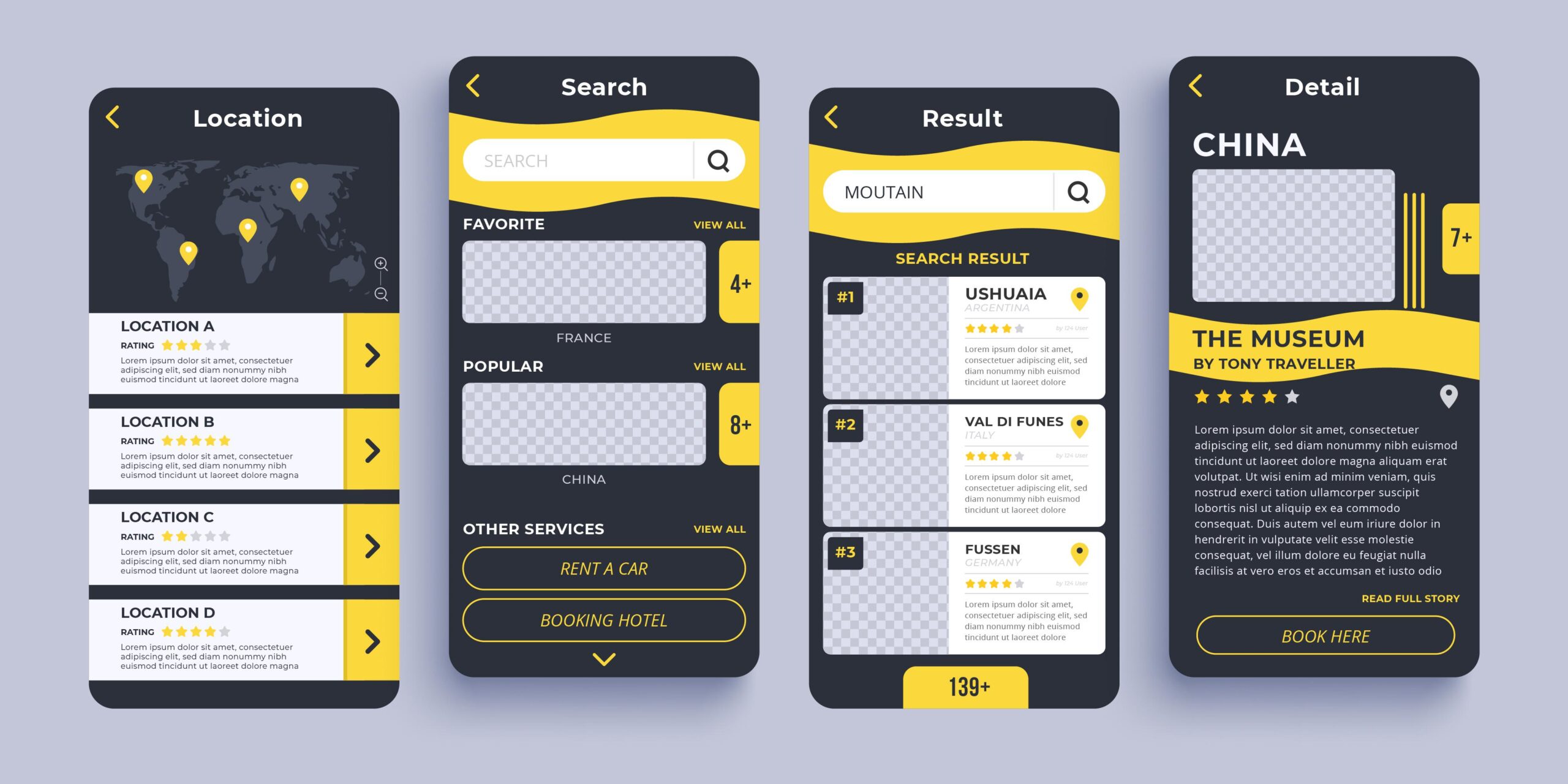Introduction
In the Philippines, mobile internet usage has skyrocketed in recent years, with a significant number of Filipinos accessing websites primarily through smartphones and tablets. As a business owner, if your website isn’t optimized for mobile users, you may be losing out on a massive potential customer base.
Having a mobile-friendly website—one that adapts to the screen size and specifications of any device—has become essential for online success. In this article, we’ll discuss the many benefits of having a mobile-friendly website for your business and how it can positively impact your overall success.
1. Why Mobile-Friendliness is Crucial for Your Business Website
Today, a mobile-friendly website is no longer a luxury; it’s a necessity. Here are some compelling reasons why mobile optimization is critical for your business:
-
Widespread Mobile Usage in the Philippines
Mobile phones are the primary means of accessing the internet for most Filipinos. According to recent statistics, around 73% of Filipinos use mobile devices for internet access, and that number continues to grow. If your website isn’t optimized for mobile users, you’re missing out on a large portion of potential customers. -
Improved User Experience
A mobile-friendly website provides a better experience for visitors. With responsive design, your website will adjust to different screen sizes, ensuring that users don’t have to zoom in and out or scroll horizontally to view content. An optimized mobile experience makes it easier for visitors to navigate, increasing the likelihood that they’ll stay longer on your site. -
Faster Loading Times
A mobile-friendly website often results in faster page load times, which is crucial for user retention. Websites that load slowly tend to have higher bounce rates, especially on mobile devices where internet connections may vary. Fast loading times improve the user experience and encourage visitors to engage with your content, browse your products, and complete transactions.
2. Mobile-Friendly Websites Improve SEO Rankings
Google’s search algorithm takes mobile-friendliness into account when determining search rankings. This means that if your website isn’t mobile-optimized, it could negatively affect your SEO performance. In fact, Google has already switched to mobile-first indexing, which means the mobile version of your website is prioritized when ranking search results.
Having a mobile-friendly website can benefit your SEO efforts in the following ways:
-
Better Search Engine Ranking
Google ranks mobile-friendly websites higher in search results. When you optimize your site for mobile, your chances of appearing on the first page of Google search results improve, leading to more traffic and greater visibility. -
Lower Bounce Rates
If users land on your website and find it hard to navigate or read on their mobile devices, they are more likely to leave immediately (bounce). A mobile-friendly design helps reduce bounce rates by providing an optimized experience for mobile users, which in turn signals to Google that your site is user-friendly and relevant. -
Enhanced Local SEO
Mobile searches often have a local intent. For example, users may search for businesses like restaurants, stores, or services near them using mobile devices. A mobile-optimized site helps you attract local customers through local SEO practices. If your business has a physical location, optimizing for mobile can help you rank higher in local search results and Google Maps.
3. Higher Conversion Rates with Mobile Optimization
Mobile optimization isn’t just about improving usability; it’s also about increasing conversions. A conversion can be a sale, a sign-up, or any other valuable action that you want a website visitor to take. Here’s how having a mobile-friendly website can help increase your conversion rates:
-
Simplified Navigation
Mobile-friendly websites are designed with user experience in mind. The simpler and more intuitive the navigation, the more likely users are to follow through with conversions. For instance, a customer might be more inclined to buy a product or contact you for more information if the navigation is smooth and straightforward on their mobile device. -
Mobile-Optimized Checkout
If you run an e-commerce site, optimizing your checkout process for mobile devices is essential. Complicated or long checkout forms can lead to abandoned carts, especially on mobile devices where users are looking for quick, easy purchases. A mobile-friendly website allows for quicker checkouts, reducing friction and increasing sales. -
Calls-to-Action (CTA) that Work on Mobile
On mobile devices, CTAs (such as “Buy Now,” “Contact Us,” or “Subscribe”) need to be easily clickable and visible. Mobile-friendly websites are designed to highlight CTAs in a way that makes them easy to find and use, leading to higher engagement and conversions.
4. How to Make Your Website Mobile-Friendly
Now that we’ve established why mobile-friendliness is essential, here are some tips on how to make your website mobile-optimized:
a. Use Responsive Web Design
Responsive web design ensures that your website automatically adjusts to the screen size of any device, whether it’s a desktop, tablet, or smartphone. This approach ensures that your website looks great and functions well across all devices.
b. Simplify Navigation
On mobile, simplicity is key. Use large, easy-to-click buttons, clear navigation menus, and minimal pop-ups. Make sure users can easily access important pages, such as your contact information, product listings, and checkout.
c. Optimize Images and Content
Images can take up a lot of space and slow down your site on mobile devices. Optimize your images by compressing them without sacrificing quality. Also, make sure your content is mobile-friendly by ensuring that text is legible without zooming and buttons are big enough to be tapped with a finger.
d. Improve Site Speed
Site speed is critical for both user experience and SEO rankings. Use tools like Google PageSpeed Insights to identify issues that might be slowing down your site and implement fixes. Compress images, use browser caching, and choose a fast and reliable web hosting provider to ensure your website loads quickly.
e. Mobile-Friendly Forms
If your website includes forms (such as for contact inquiries or newsletter sign-ups), make sure they are mobile-optimized. Use large text fields and buttons to make it easy for users to fill out forms on small screens.
5. The Importance of Testing Your Mobile Website
After implementing a mobile-friendly design, it’s important to test your website on different devices and browsers to ensure it functions properly. Use tools like Google’s Mobile-Friendly Test to check how well your site performs on mobile devices. Don’t forget to test the functionality of forms, buttons, and checkout processes to ensure everything works smoothly.
6. Conclusion
In today’s digital world, a mobile-friendly website is no longer optional; it’s a must. With more Filipinos accessing the internet primarily through mobile devices, having a responsive, fast, and user-friendly website can significantly boost your SEO rankings, increase conversion rates, and improve overall user experience. By optimizing your business website for mobile, you can stay competitive, increase customer satisfaction, and drive more sales.
At Serviciopro.ph, we specialize in creating mobile-optimized websites that deliver great user experiences across all devices. If you need help making your website mobile-friendly, contact us today, and we’ll help you take your business to the next level.

